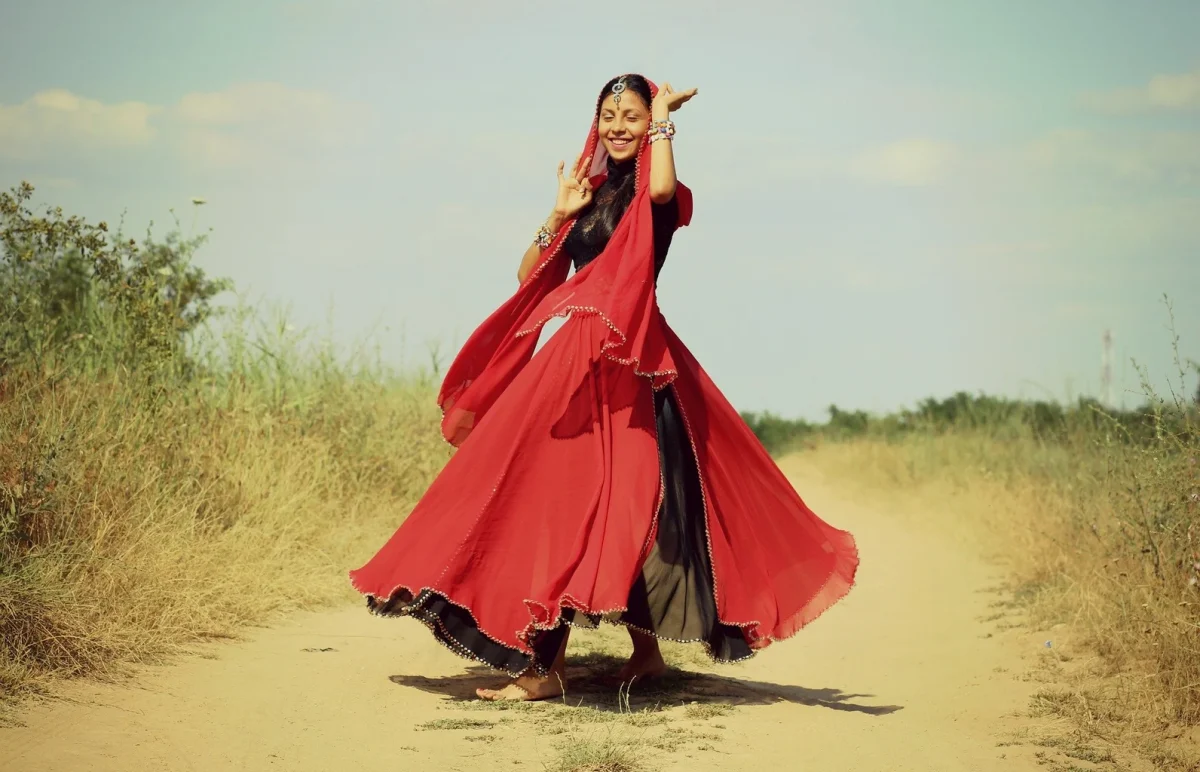South and East Asia are often portrayed as having long been free from Western colonization. However, the advertisement of bindis as an aesthetic accessory and the rebranding of dupattas as lightweight scarves begs the question: have power dynamics truly changed, or just evolved into a more subtle, yet influential, form? Modern fashion industries in the West continue to profit from South Asian traditions and roots while diluting their cultural value and undermining the origins of the pieces they present.
Whether it is colonists that stumbled onto the Americas, or strategic expansions to gain power in numerous Asian countries like India and Indonesia, European rule over other countries makes up a significant part of world history. During their periods of colonization, Western authorities appropriated not only resources, but styles and traditions as well. The adaptation often included cultural pieces, such as clothing styles, but also methods of healing and religious symbols, which were then taken back to Europe and presented as new and exotic ideas, immediately grabbing the attention of Western citizens while leaving their origins unacknowledged. Eventually, the colonizers left, and the land was technically returned to its rightful people — but the exploitation of cultures was far from over.
Modern-day products, such as dupattas, jade bangles and turmeric were created, fostered and utilized in Asian countries, where they were treated with respect and purpose. But in recent years, these items have also been misinterpreted in global markets, where they are presented as a trend rather than something of cultural value. For instance, dupattas carry a symbol of modesty and tradition in numerous South Asian countries, serving as a finishing piece for culturally significant outfits. Similarly, jade bangles hold sacred spiritual value in East Asian countries, an accessory symbolizing protection, luck and family heritage. However, Western brands have overlooked the ethnic significance of these items, selling them for aesthetics, thus undermining and diluting their given purpose and roots. Dupatas are relabeled as chic boho scarves and jade bangles are sold as elegant bracelets, erasing the dedication and true meaning behind the items.
Some people might argue that the utilization of these pieces by Western brands is promoting South and East Asian cultures, bringing light to different customs and appreciating diversity. However, there is a difference between cultural appreciation and cultural appropriation. According to the Greenheart International blog and website, cultural appreciation is the act of attempting to learn more about a certain culture to broaden their perspectives and connect with more people worldwide, whereas cultural appropriation is taking a trait from another culture for one’s personal gain without acknowledging its roots. Spreading cultures and traditions respectfully is far different from taking an idea from another region, renaming it and exhibiting it as a new design. “Borrowing” ideas from other cultures is thus not only offensive, but also detrimental to the way that culture is viewed and erases its authenticity. Western brands, such as Zara, Brandy Melville and Gucci have pronounced power over the fashion industry worldwide, and with their high customer rate, they influence how people view styles of clothing. By relabeling pieces and ethnic wear — such as marketing the traditional Sikh turban, called a Pagri, as an “Indy Full Turban” and selling it at towering costs — companies reduce the meaningful symbols of faith, culture and identities into disposable trends for profit opportunities.
After years of being overlooked and misinterpreted, it is crucial for South and East Asians to get credit for their work. The core of the issue is not the distribution of traditions, styles and designs, but the cultural meaning and history behind them that gets left out. Western companies reinforce a pattern of taking without returning by presenting their altered designs of Asian pieces, where their accountability remains necessary. This complex problem has a simple solution: recognition and rightful credit. By connecting fashion pieces to their rightful origins, companies can ethically present pieces, spread the culture and celebrate the diversity of our world. Companies can follow the example of brands such as Sabyasachi and Earth Heir, who acknowledge the traditional Indian and Malaysian styles in their work, building their brands on the rich culture behind the styles.
Said Souzeina Mushtaq, an assistant professor from the University of Wisconsin–River Falls, “The same things that we have been shamed for or even outlawed are, in a way, celebrated now as chic or exotic when they’re worn by non-South Asians.” Ultimately, the point is not about fashion or marketing, but about the unethical profit and cultural erasure performed in the name of fashion and marketing. South and East Asian cultures have inspired various global brands, but have often been left out of the narrative as their work is rebranded, revalued and sold without their significance. Therefore, it is time to set the record straight and recognize products with the cultural value they hold, celebrating this melting pot of a world while breaking free from the shackles of colonization.











